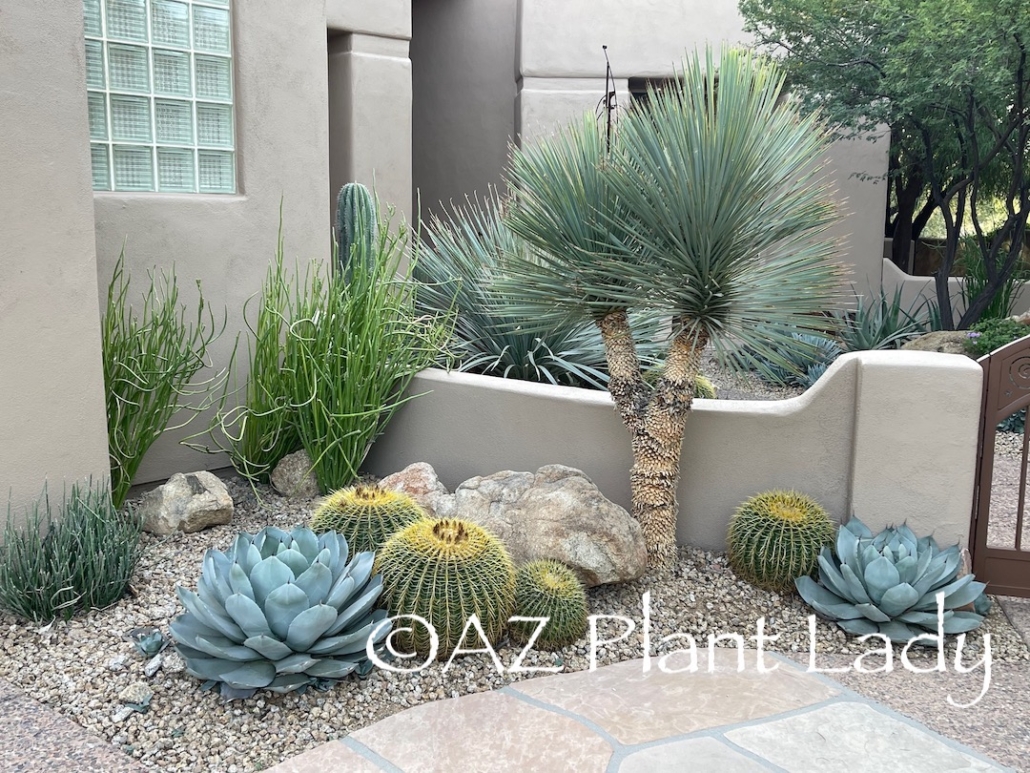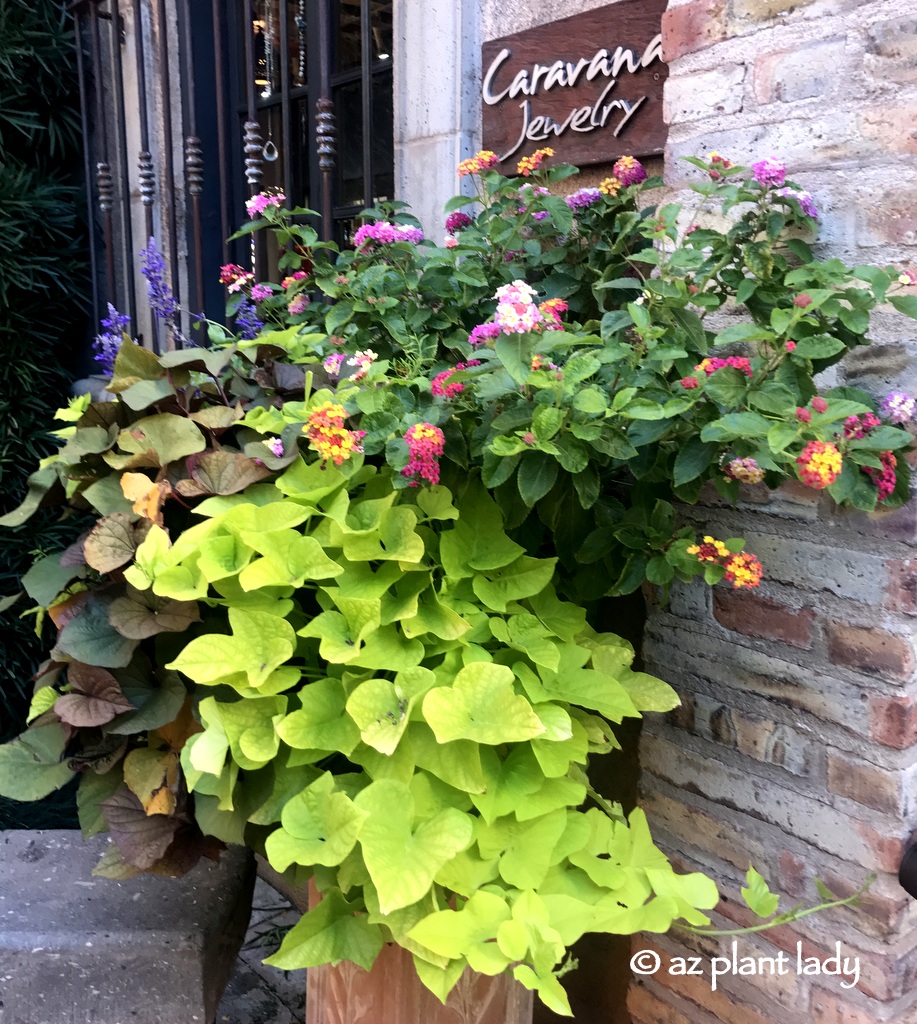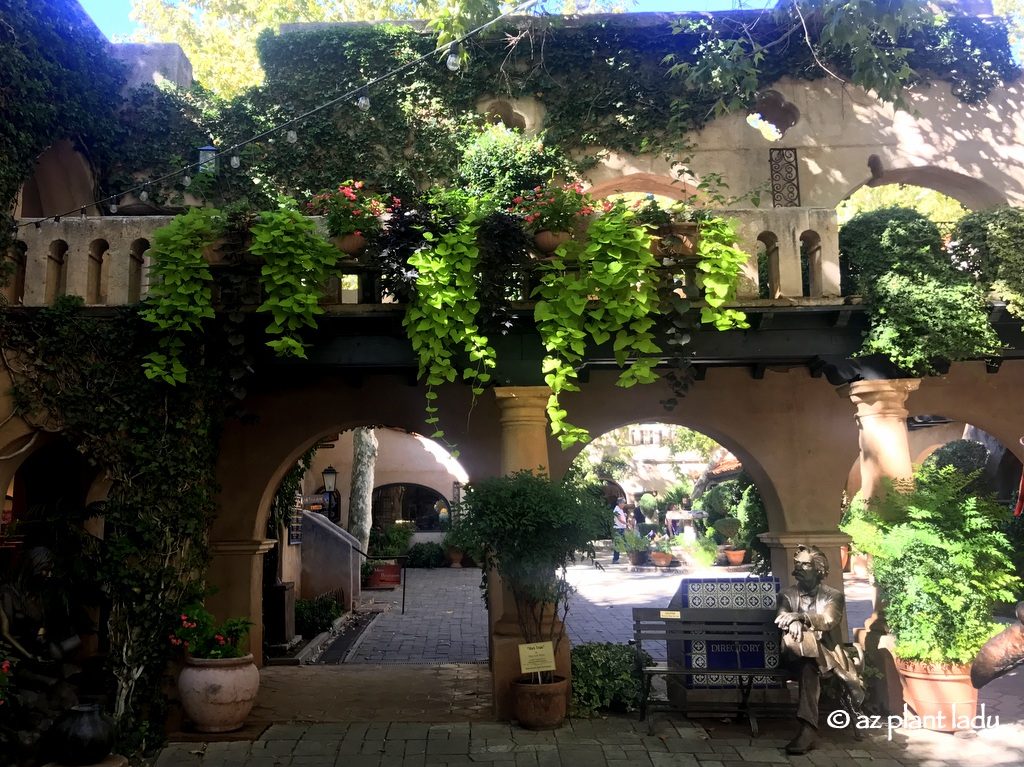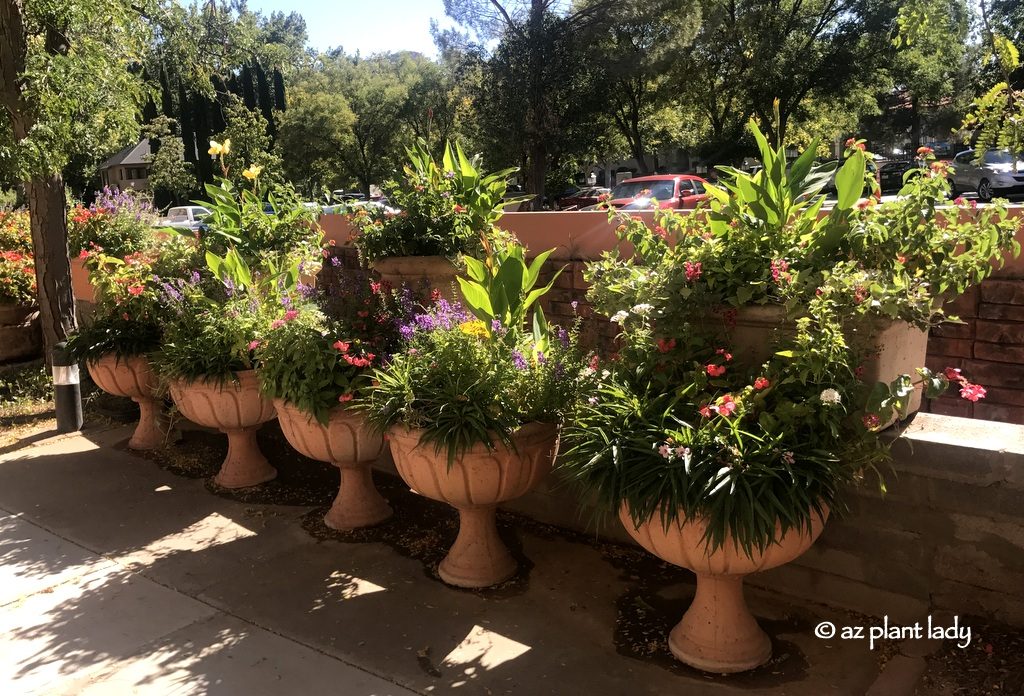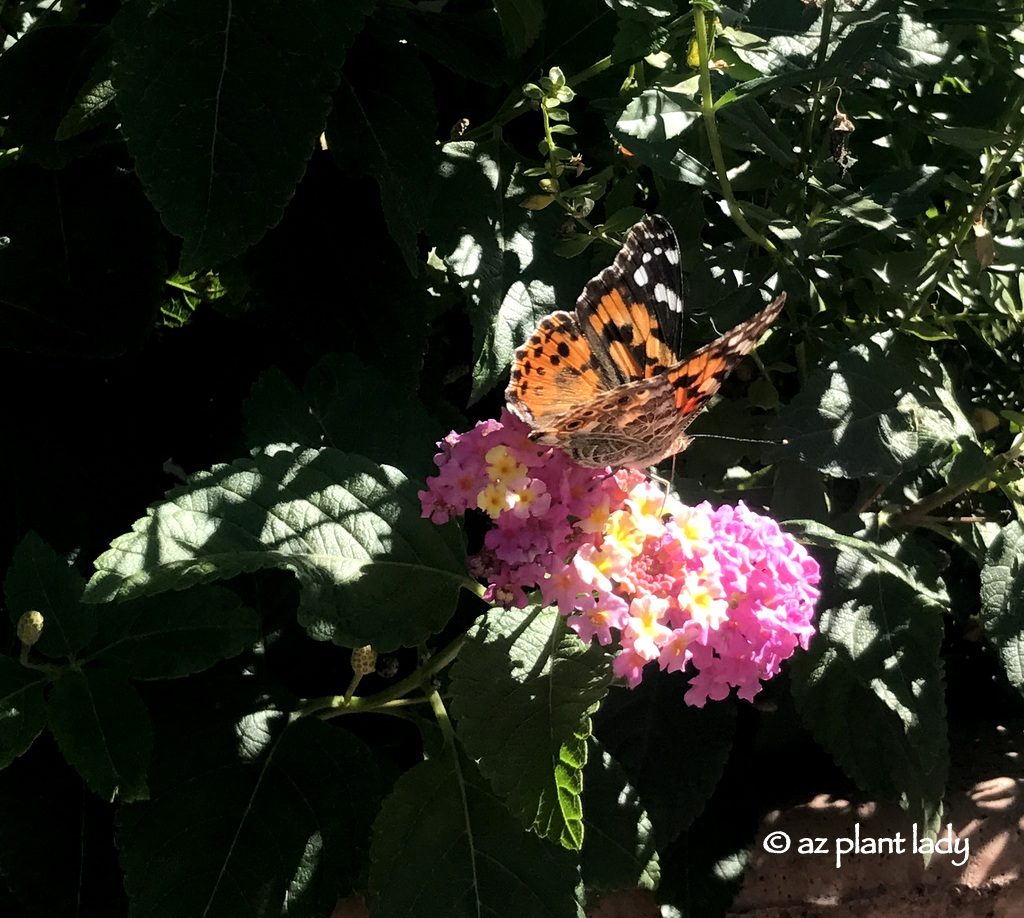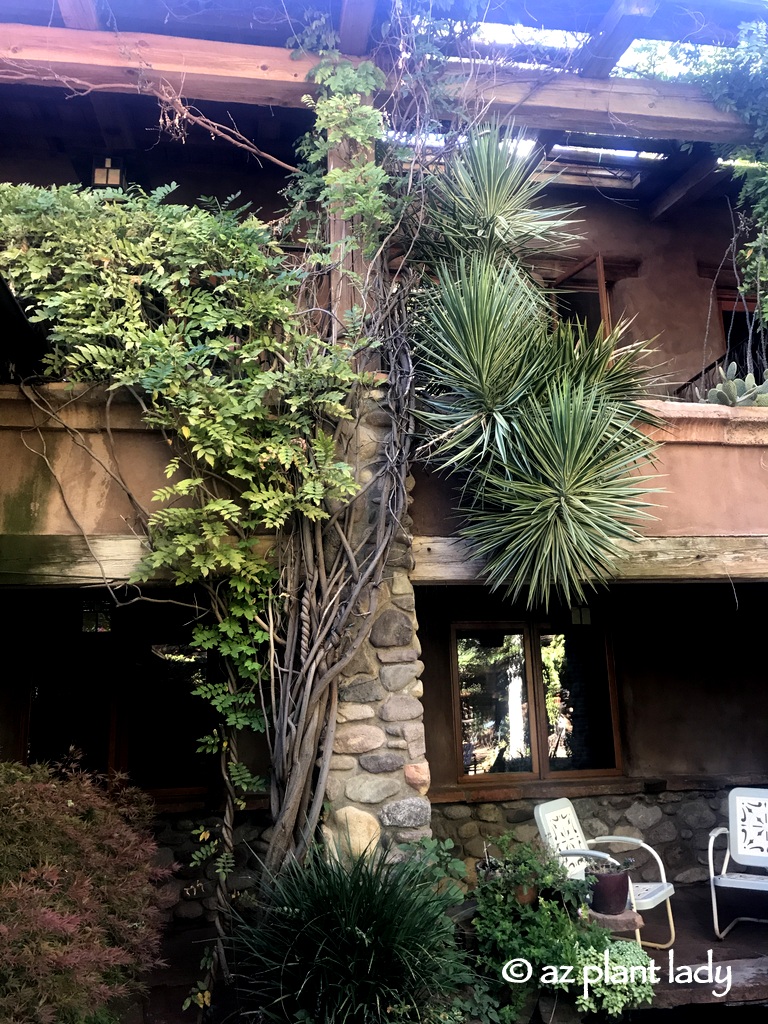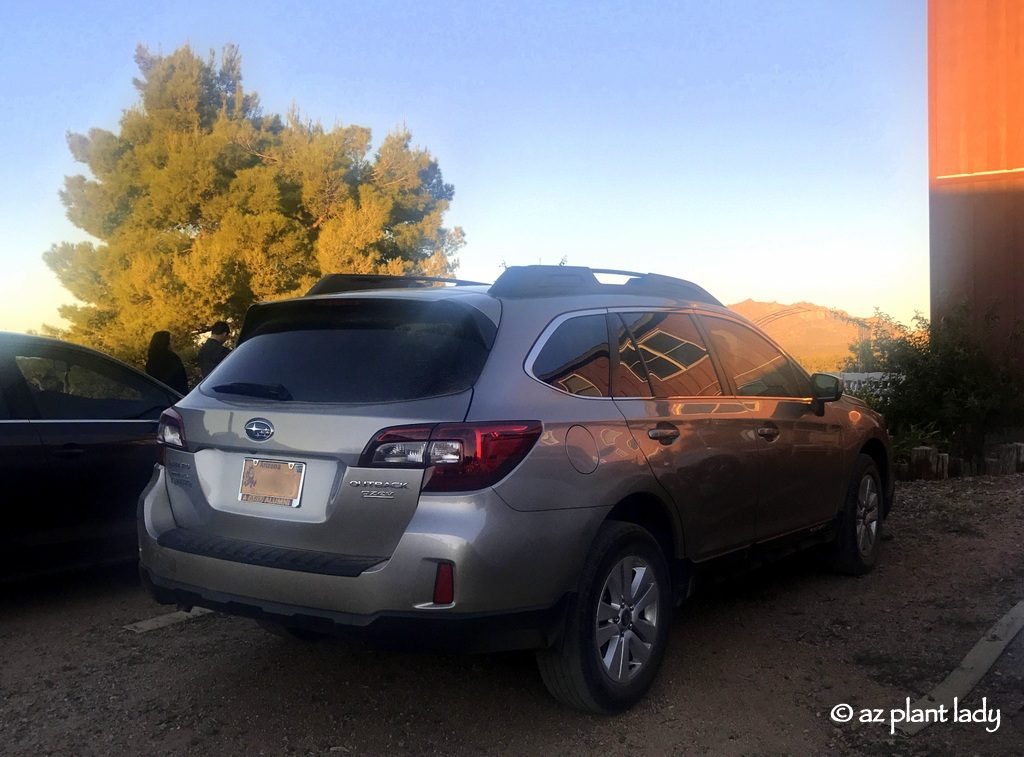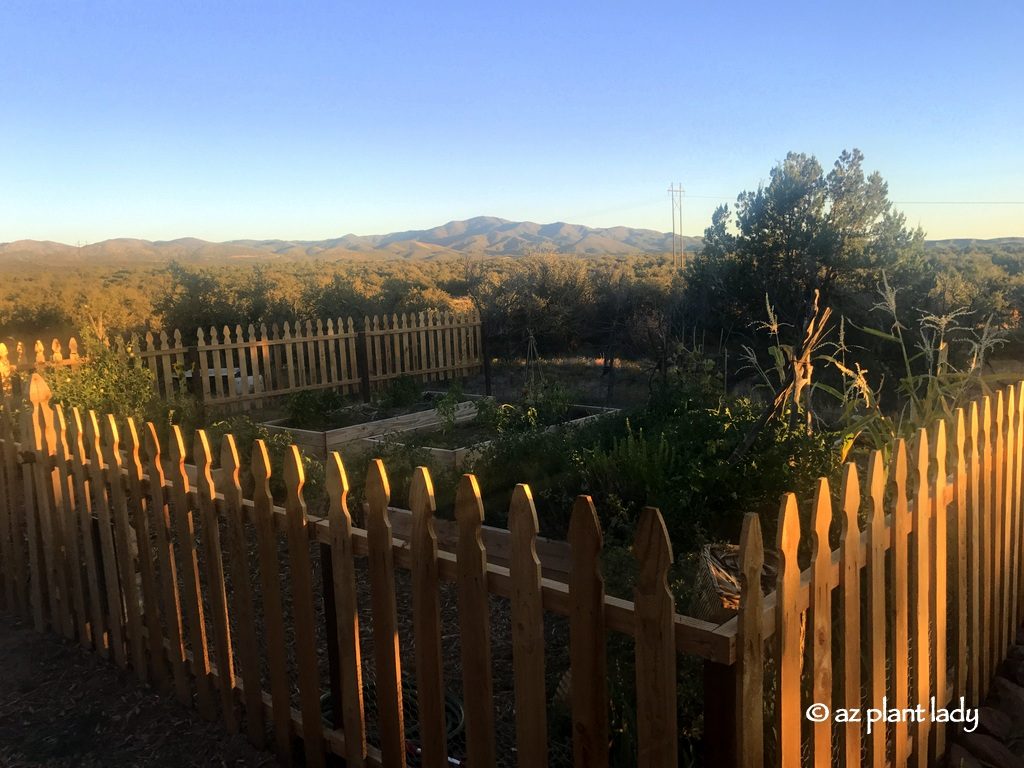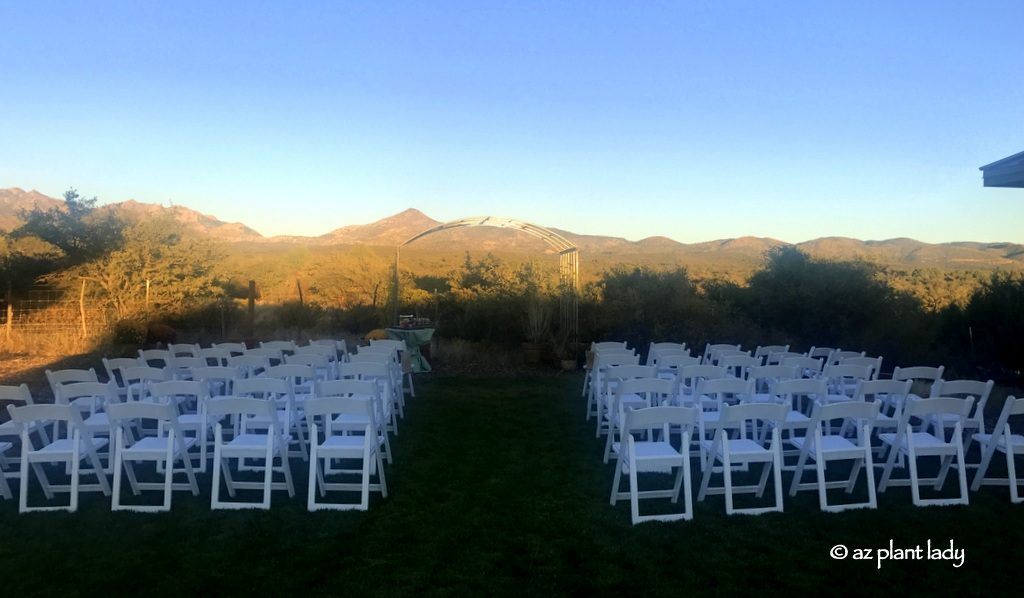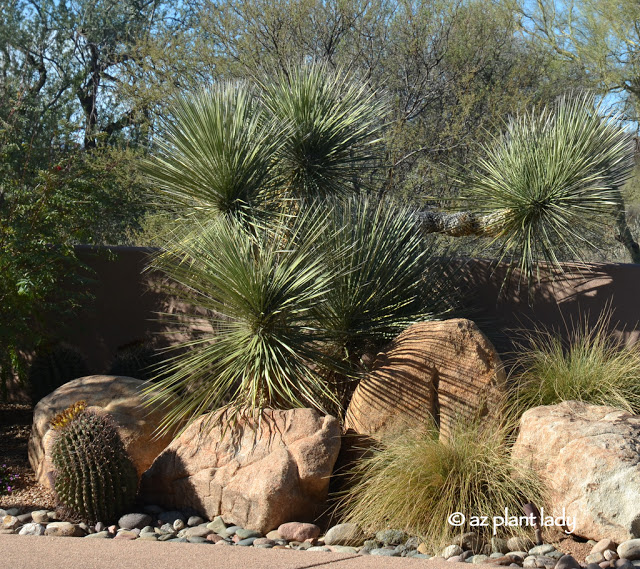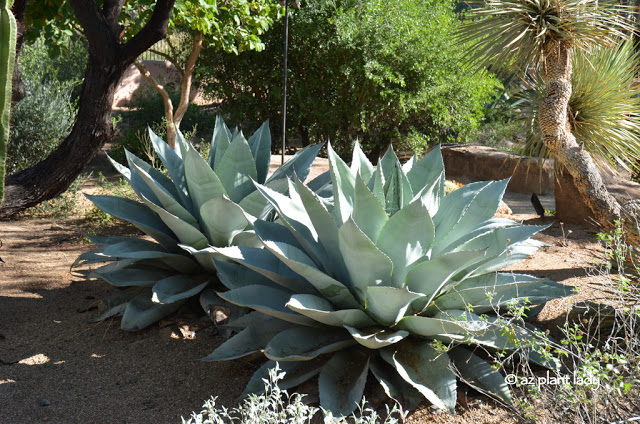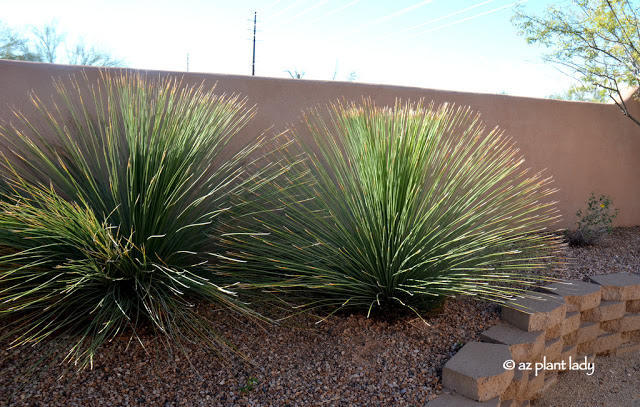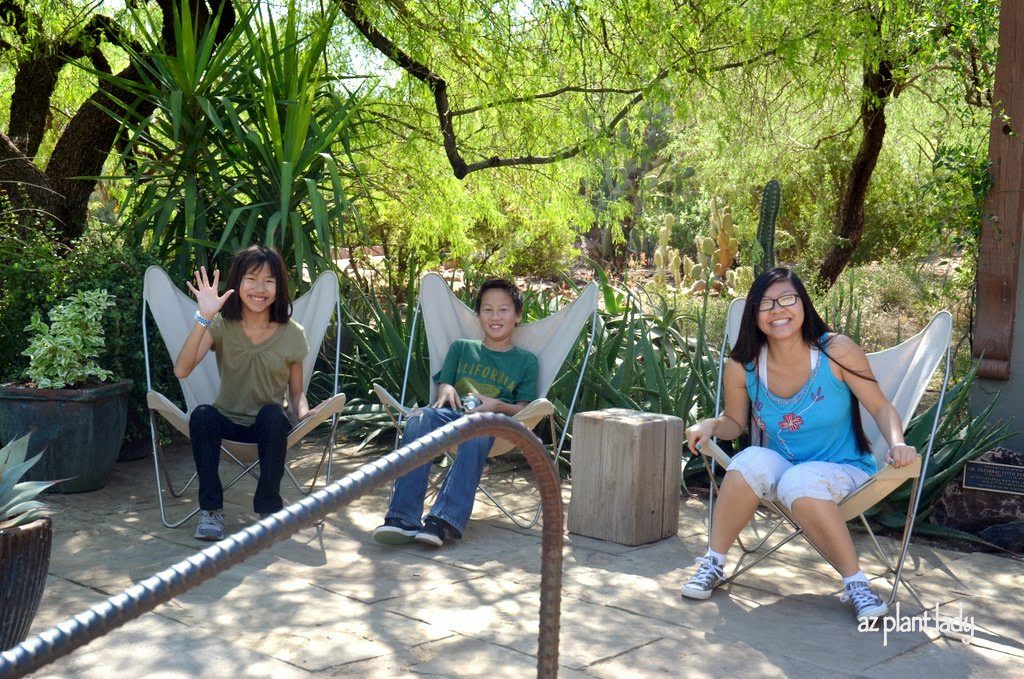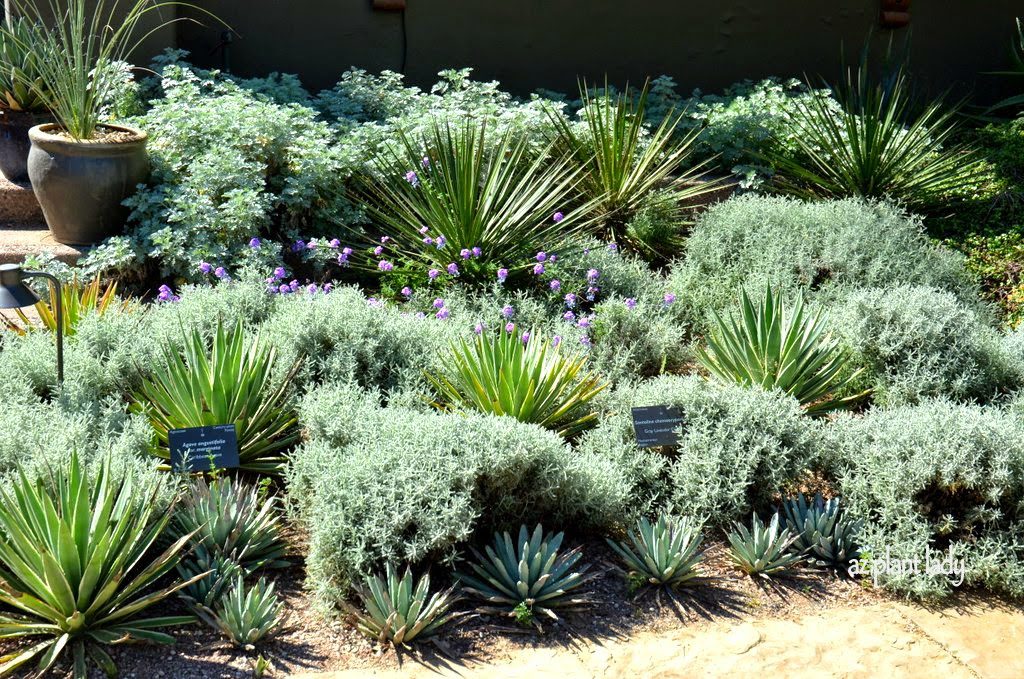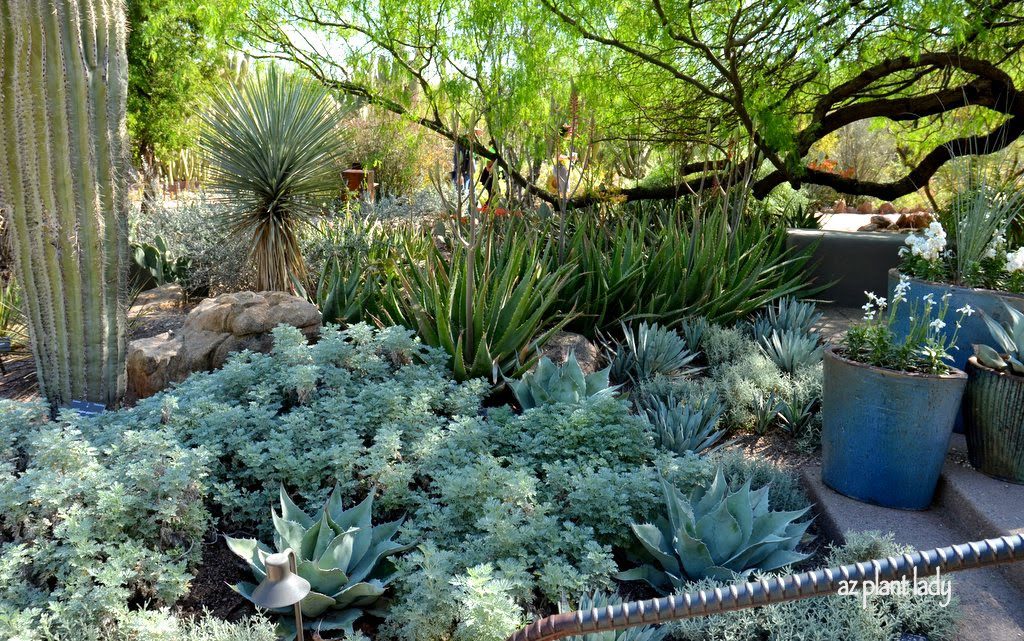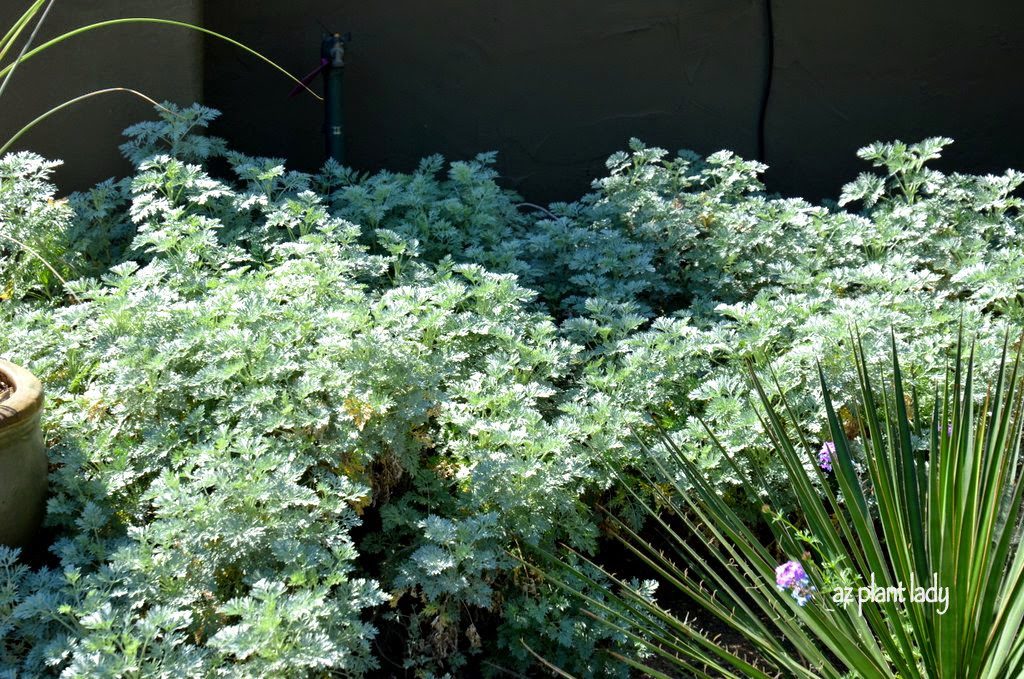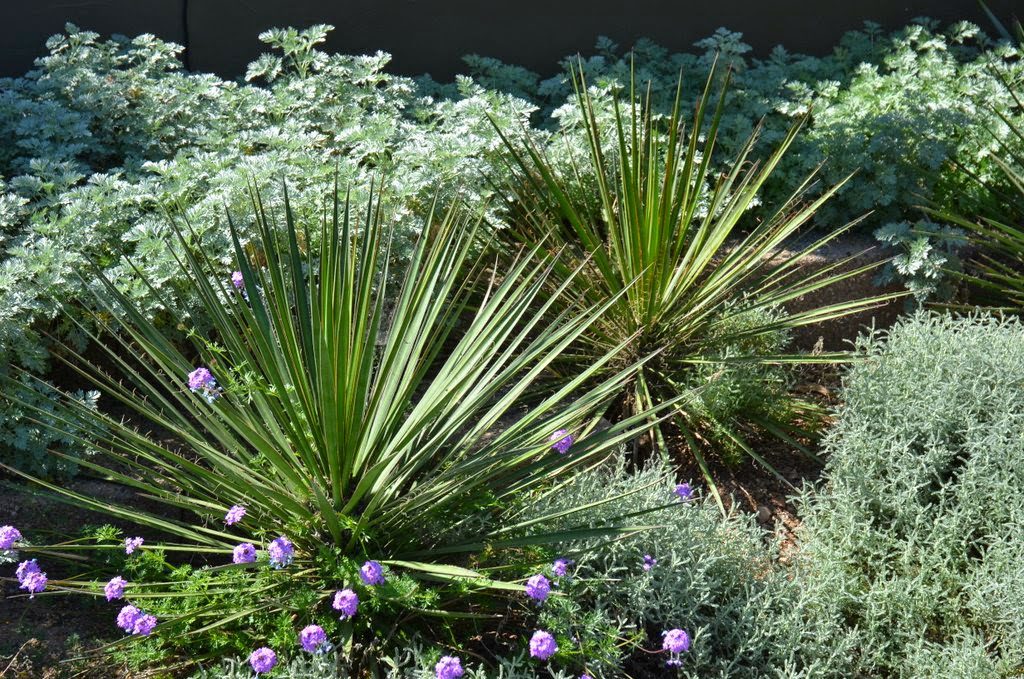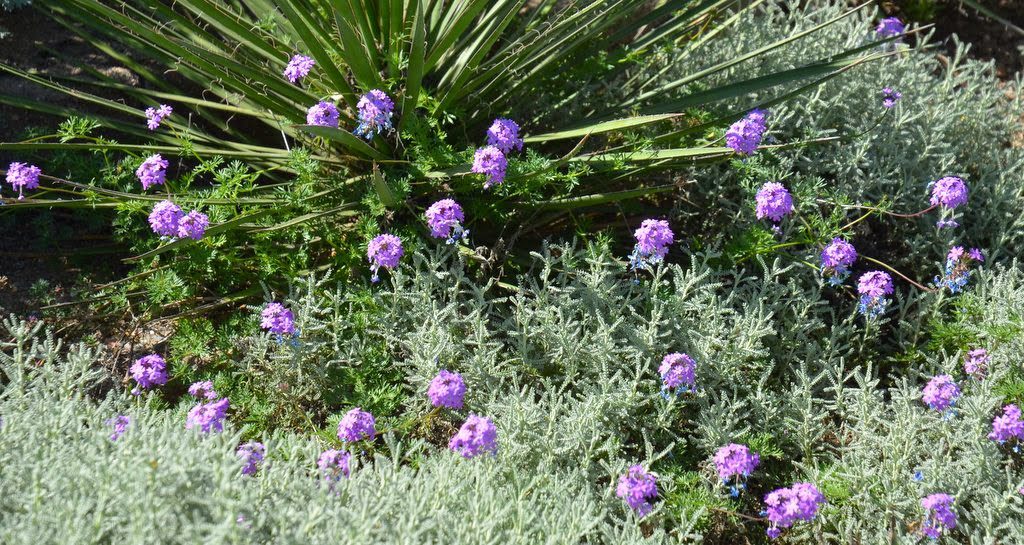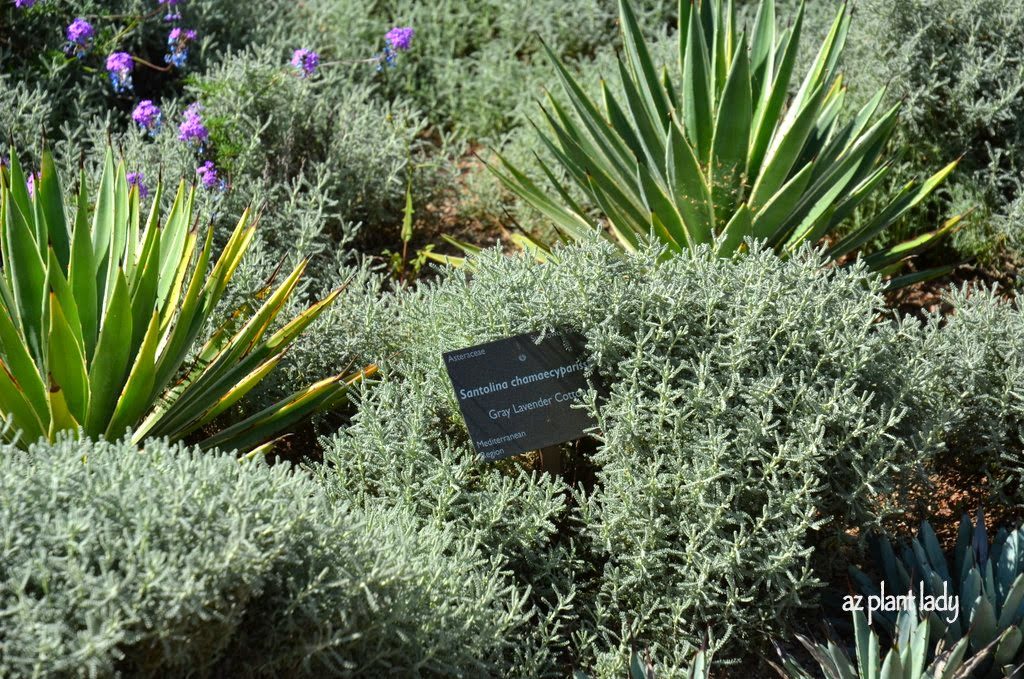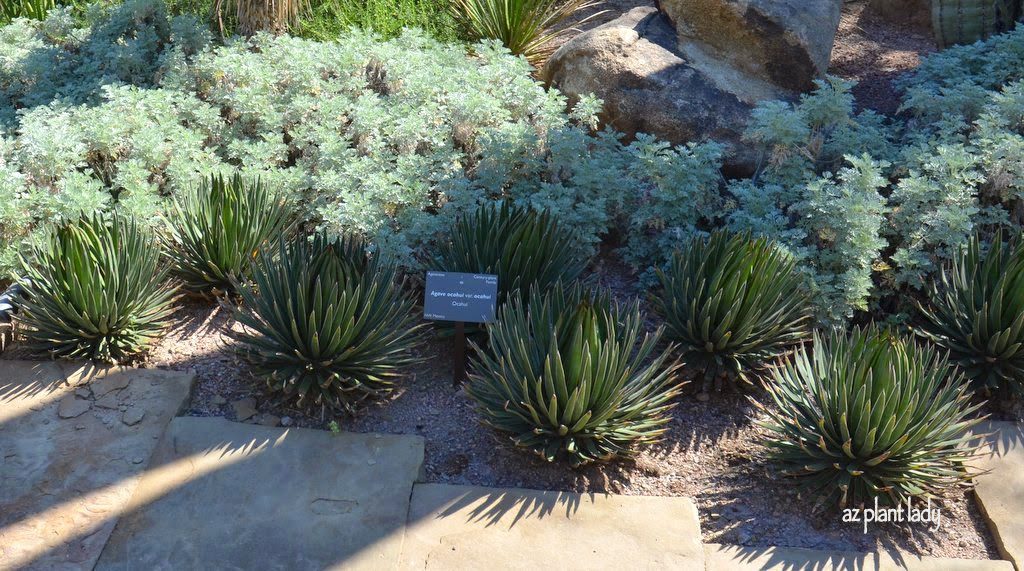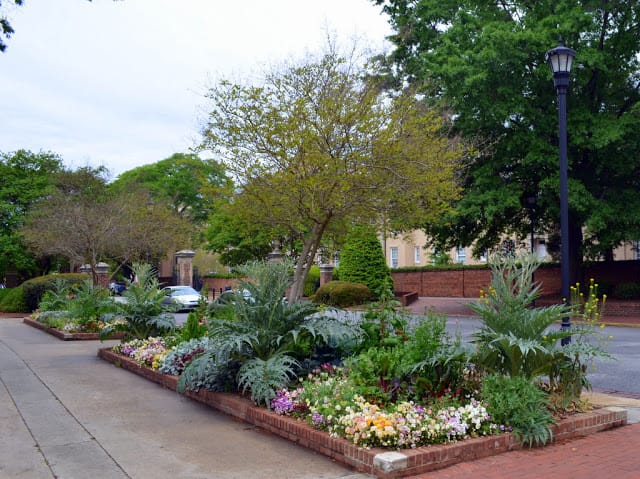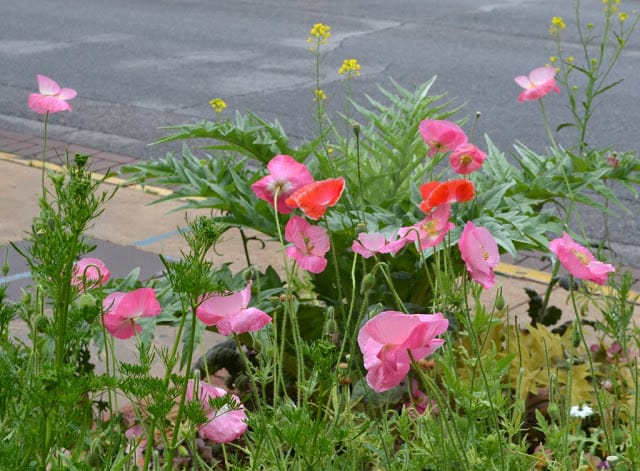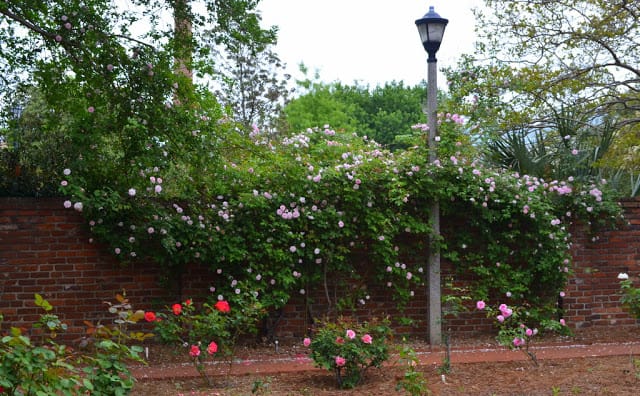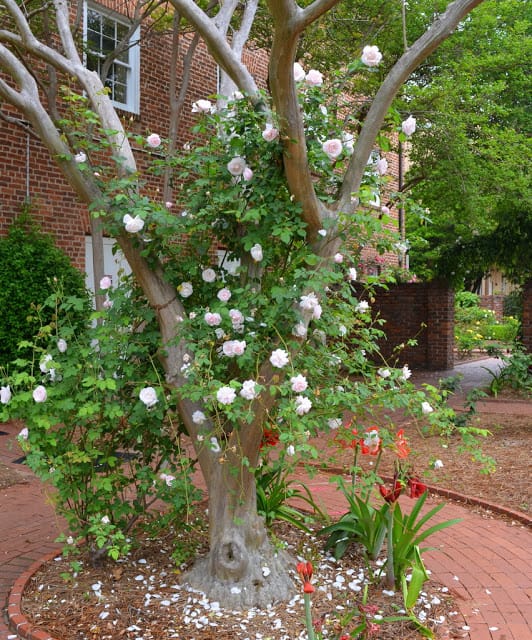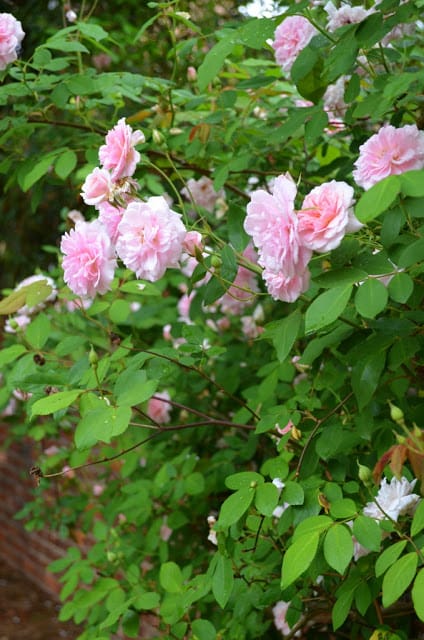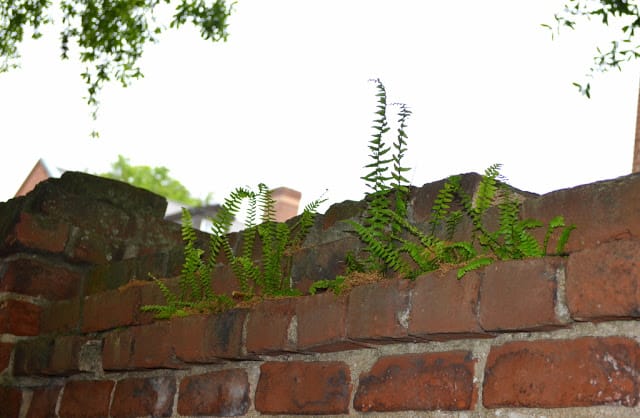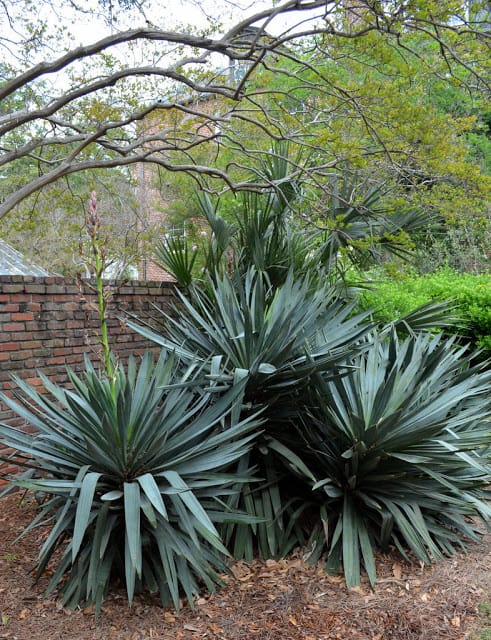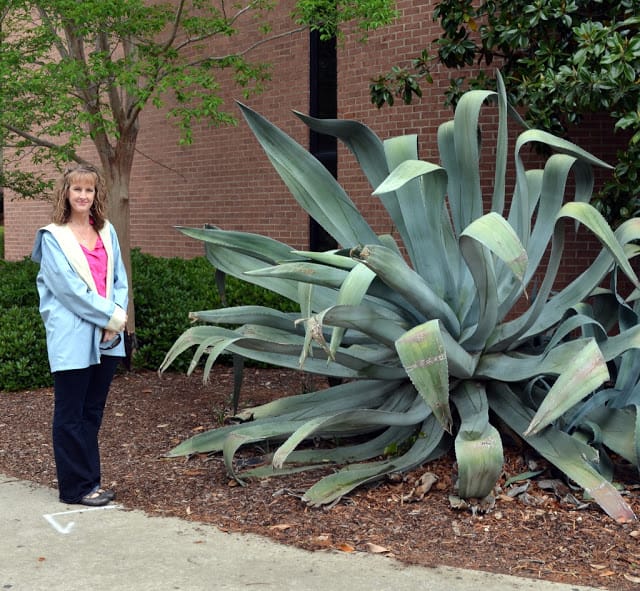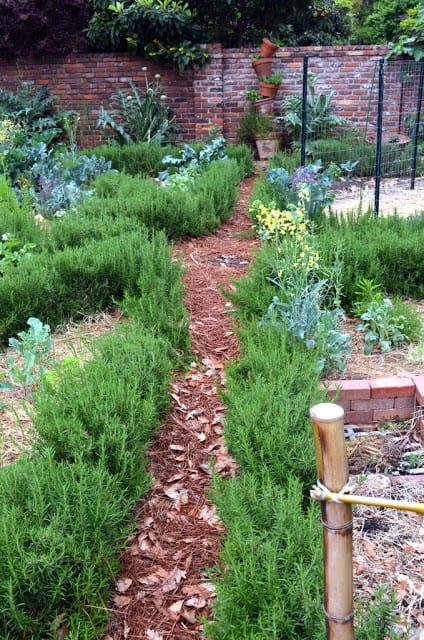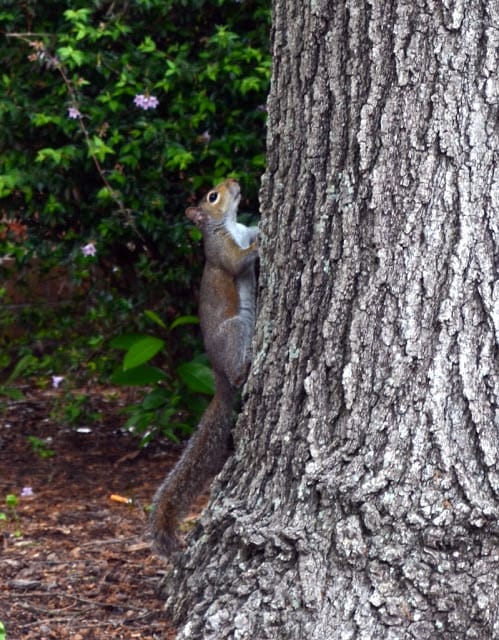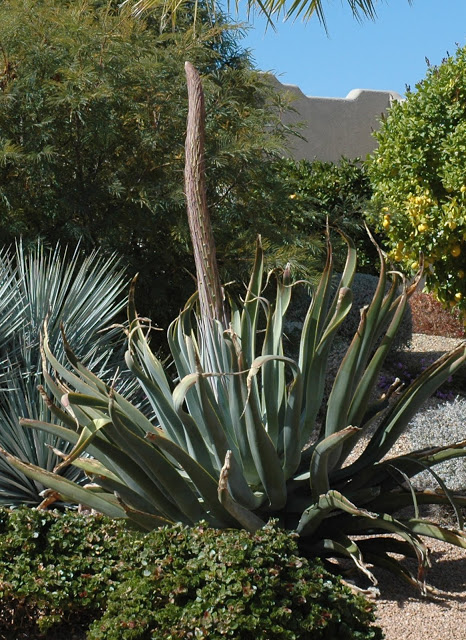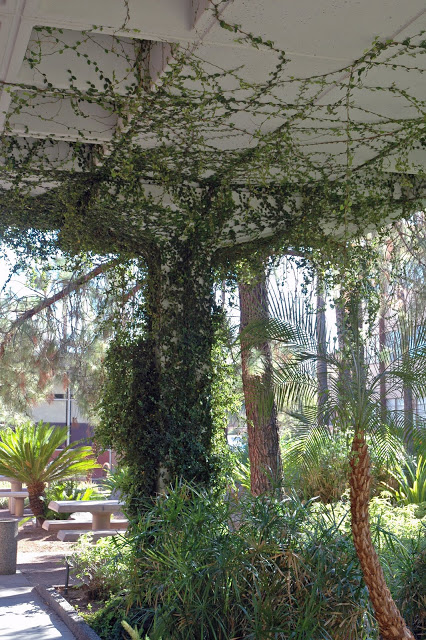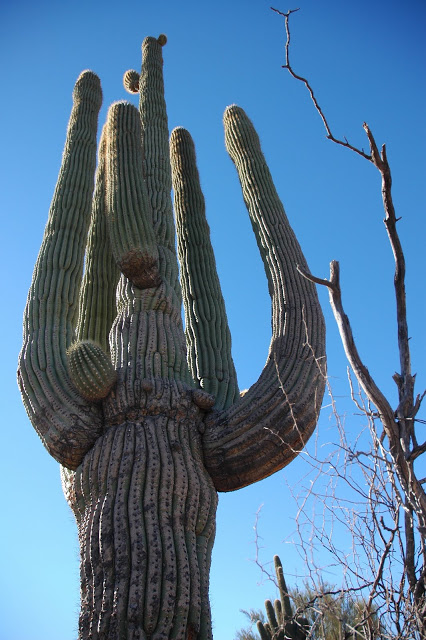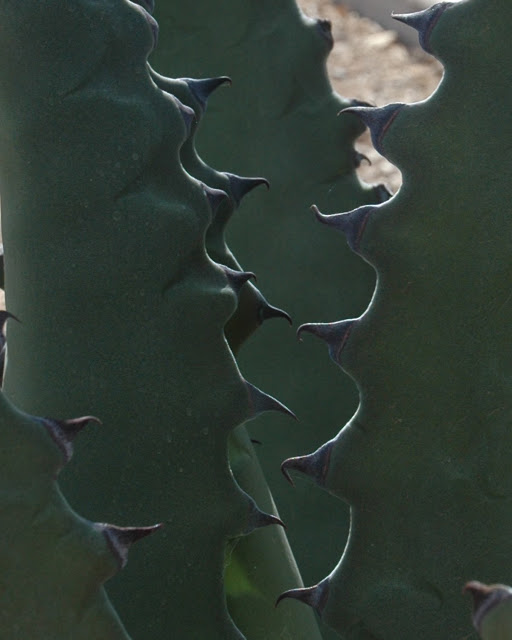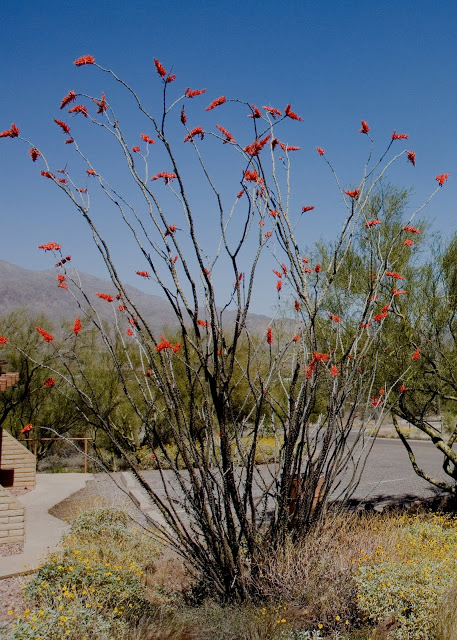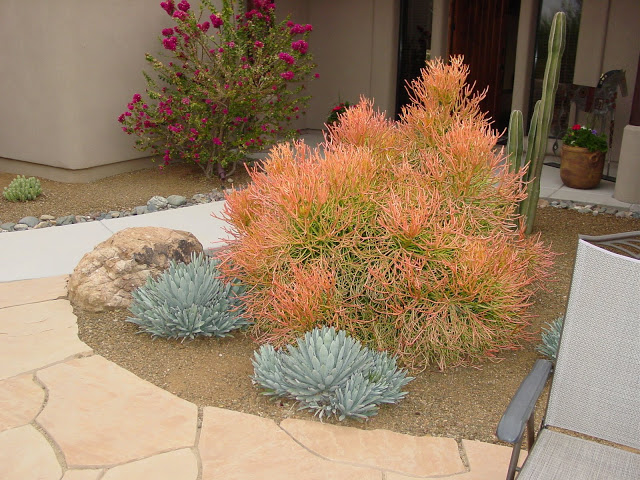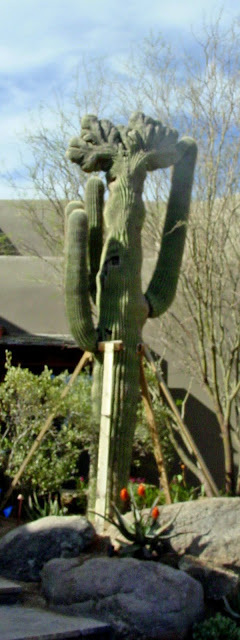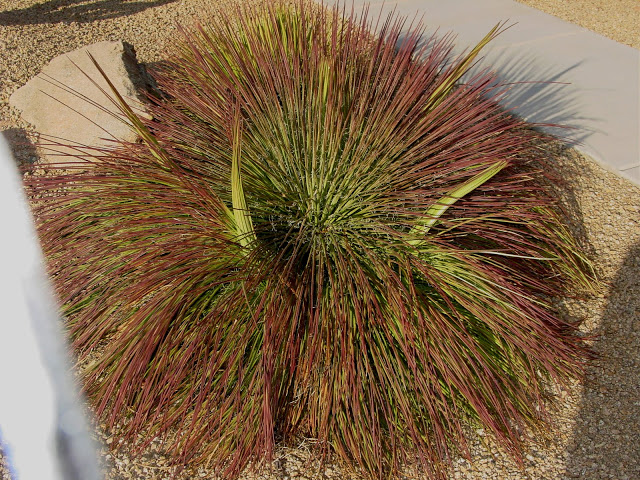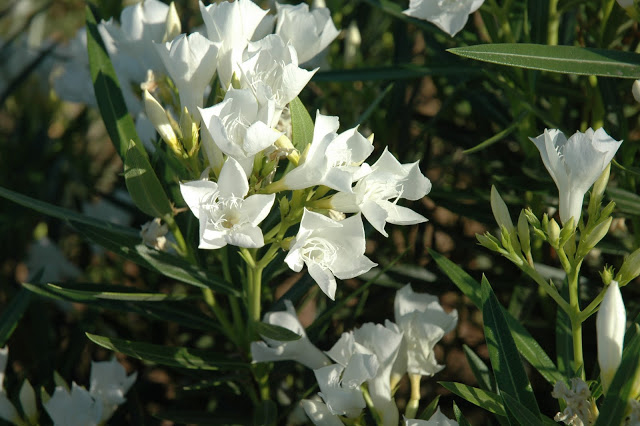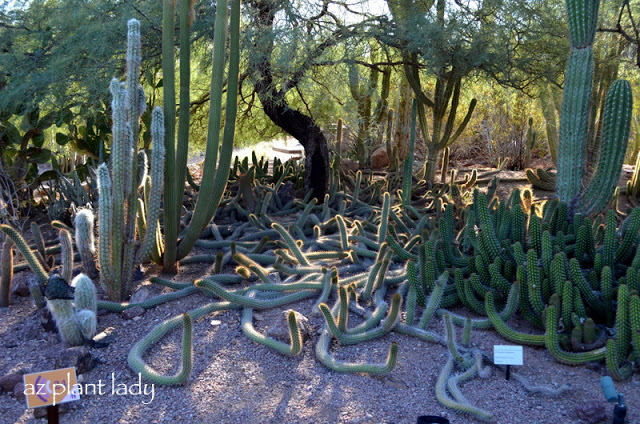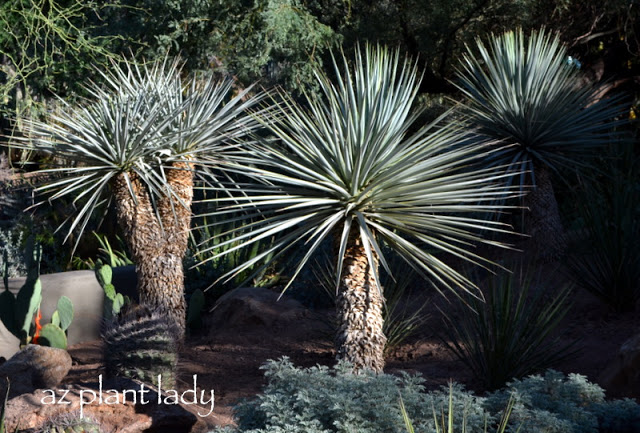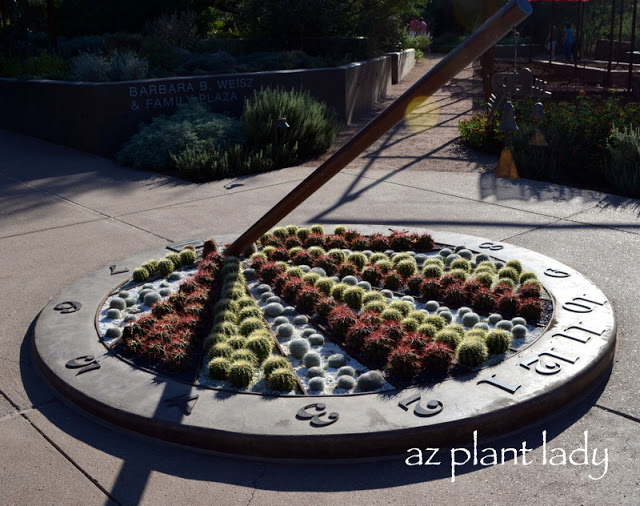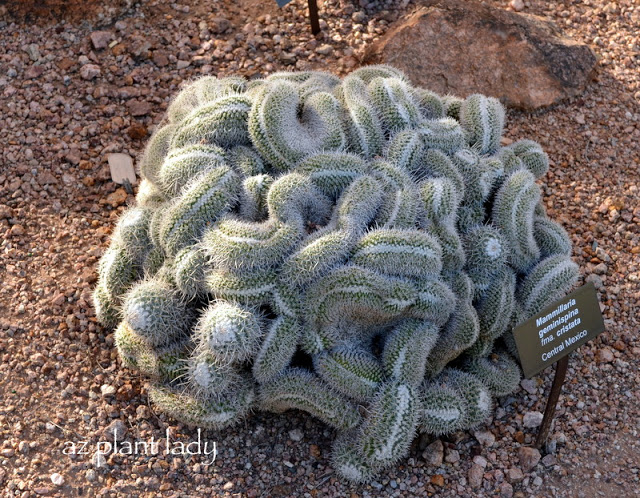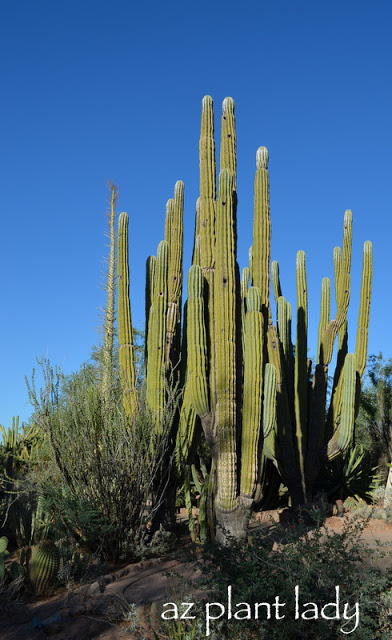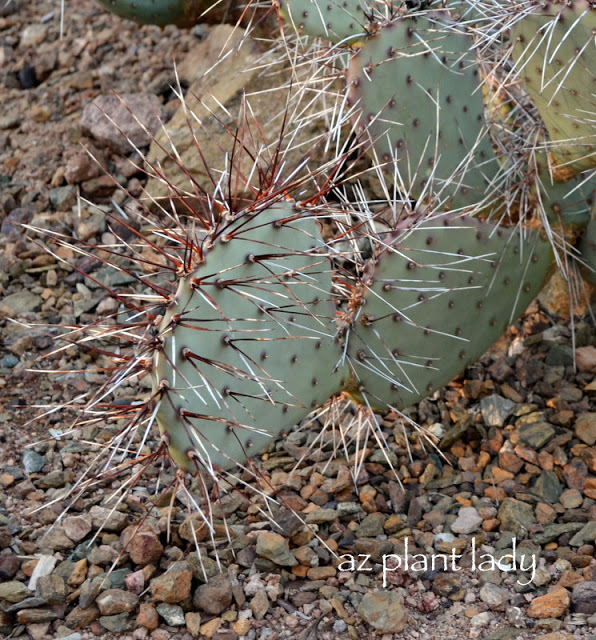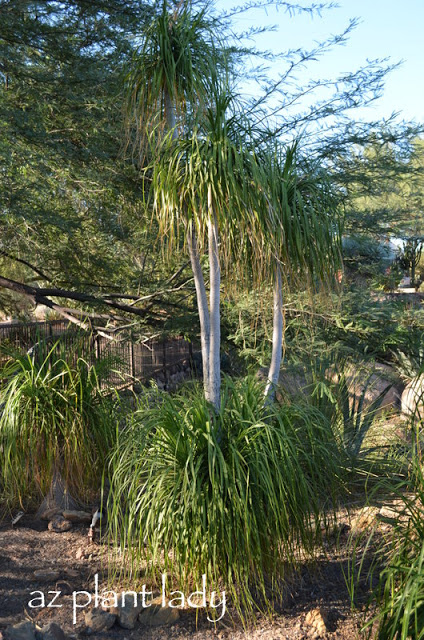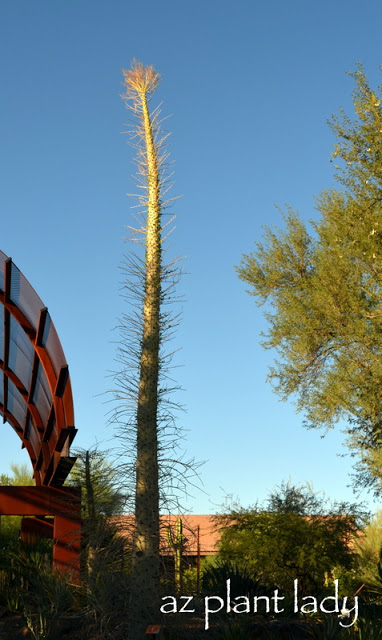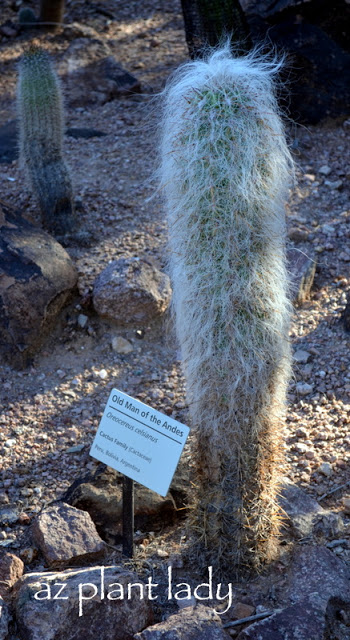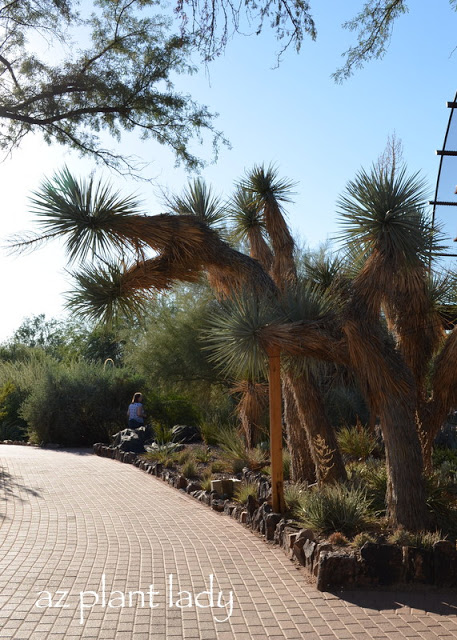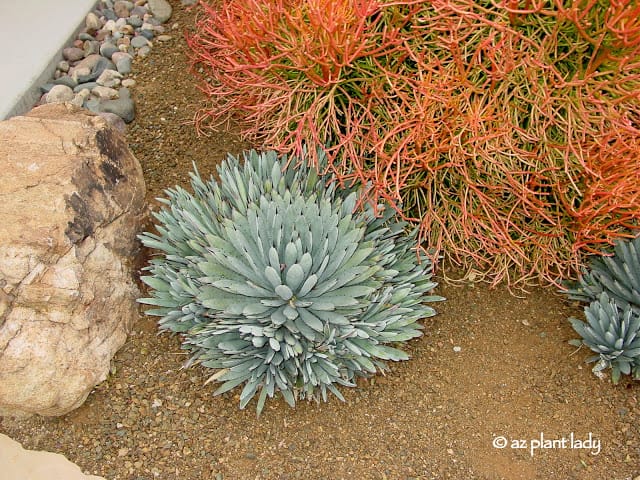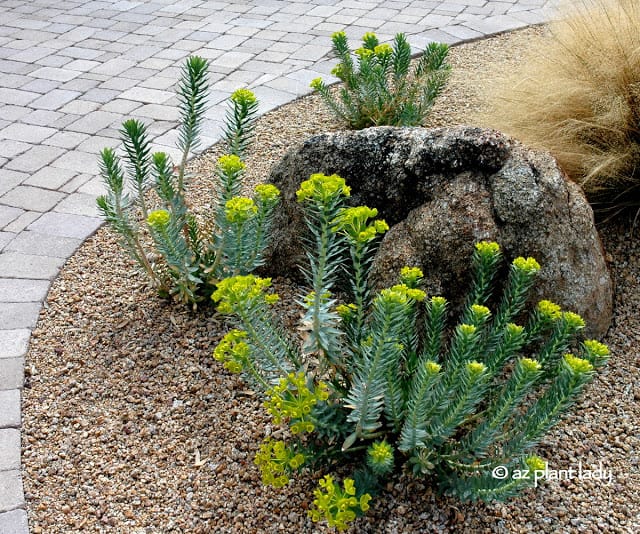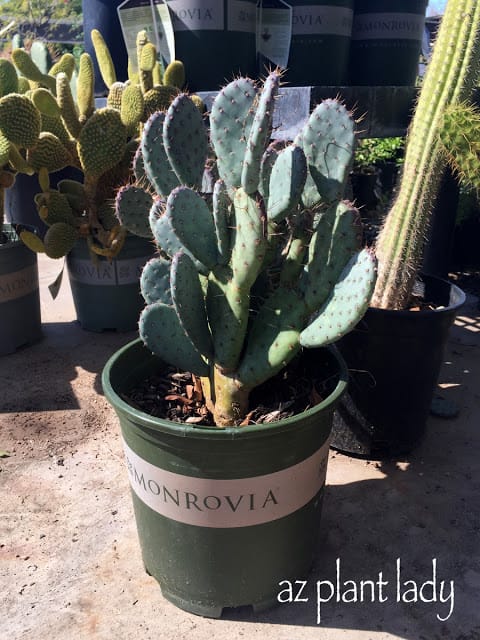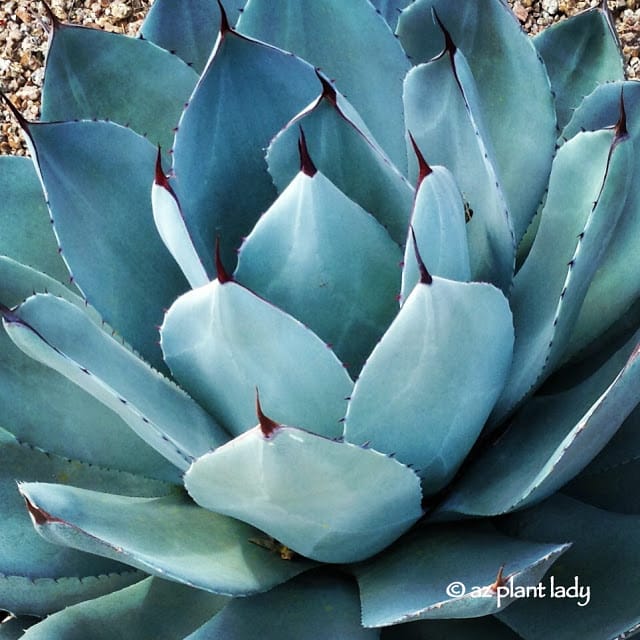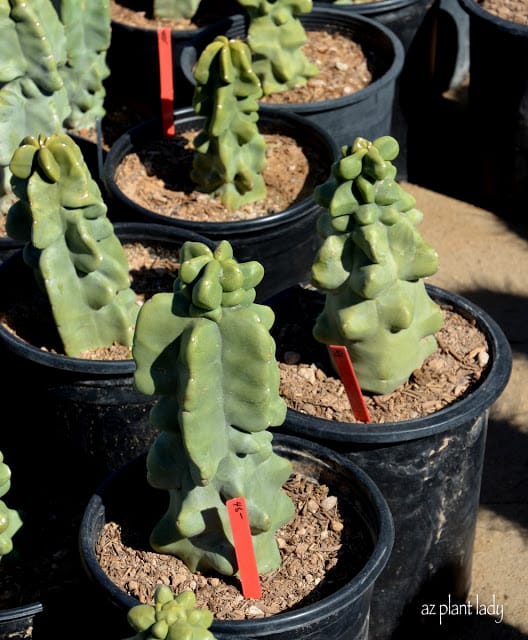The past couple of days on the road have been both eventful AND uneventful.
Yesterday morning found us in Columbia, SC. We set on our way to find a folk art festival that was scheduled near the campus of University of South Carolina (USC), but couldn’t find it.
What we did find, driving through the campus, was a community garden, a rose garden and beautiful perennial beds along the roadside.
We parked near the university book store in the only spot we could find – we had only 30 minutes to explore or else we could get a ticket.
These perennial beds were filled with vegetables like artichoke and swiss chard, which look great as ornamentals alongside the pansies, dianthus and lamb’s ears.
Pink and coral poppies were in full bloom.
The red poppies in my garden at home were just beginning to fade before I left.
The campus of USC also has historical significance during the Civil War, where the parade grounds and barracks were located.
As we continued our walk, I kept seeing more things that got me excited.
As we turned the corner, we found ourselves in a small rose garden.
Isn’t this Peace rose, pretty? It was raining lightly as you can see.
This climbing rose used a nearby tree as a support.
I have grown many different kinds of roses, but never climbing roses. Maybe I should try?
Being from a dry climate, I am fascinated in observing the differences in gardens of wetter climates.
Okay, I know that those of you who live in more humid climates may be rolling your eyes at this point when you look at the photo, above.
But, I thought these ferns looked just beautiful growing out from the brick wall.
I am also always interested in seeing familiar plants, adapted to dry climates, being represented in other areas, like the Yucca, below.
We came upon the largest agave that I have seen, which is saying something because I see a LOT of agave.
I was having a great time and looking at my watch, realized that we had to start heading back to our car so we wouldn’t get a ticket.
But then, we came upon this community garden.
I was in heaven!
These raised beds were filled with delicious vegetables.
Next to the raised beds, was a garden with herbs, including these flowering broccoli.
The separate beds were divided, not with boxwood hedges, but rosemary. I really liked how it looked.
At the back wall of the herb garden, stood a ‘tipsy-topsy’ planter.
There was a different herb in each pot – chives, cilantro, basil, oregano and rosemary.
As the clock was ticking and we didn’t have any time to spare, we walked by this beautiful bed of flowers, containing one of my favorite plants – Autumn Sage (Salvia greggii).
USC has a beautiful campus and I was so happy to have to found such an unexpected garden ‘jewel’.
After leaving USC, we decided to visit the Confederate Museum in Columbia.
You see, my mother and I love to learn about history and that entails visiting museums and historical sights.
I am both a product of both the North and the South in regards to my ancestry.
It was time to leave Columbia for our next destination.
*The community garden was so wonderful that I will need to feature it in an upcoming post.
**Tipsy-topsy pots are very popular right now and aren’t hard to make. I found a tutorial that you can click on here.
